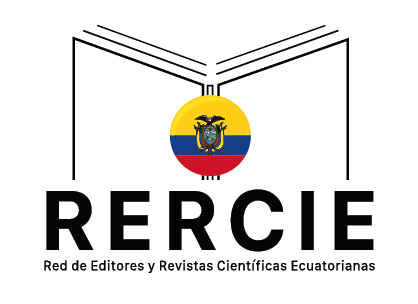Application of GIS technologies to display of archaeological heritage in the Republic of Tatarstan
DOI:
https://doi.org/10.36097/rsan.v1i32.996Palabras clave:
gis technology, digital map, historical and cultural heritage, spatial positionResumen
The article describes the experience of developing GIS technologies of the archaeological heritage in the Republic of Tatarstan for further detailed study, conservation, keeping and systematization. Considered tools, sources of information, structure GIS and final products. The composition of the archaeological heritage includes burial and burial ground, settlement, settlements management, settlements, settlement, stone pillars, tombstones, places of old settlements, sanctuaries etc. To resolve this problem was created a GIS database that serves as the basis of archaeological GIS in the Republic of Tatarstan. A geodatabase was created on the platform ArcGIS. It includes a description of the monuments of archaeology, which contains geographic (spatial) and attributive (descriptive) information. The main criterion for determining the scale of mapping of the territory is the spatial placing of objects of archaeological heritage.
Citas
Archaeological map of the Tatar ASSR. Western zakamje, ed. by P. N. Starostina. Part 1. – Kazan, 1986. – 112 p.
Geoinformatics. kN. 1/Under.edited by Professor V. S. Tikunova. M.,2008. GL.1.
Martynov, A. I., Sher, Y. A. Methods of archaeological research: Proc. manual for University students. — M.: Higher. SHK., 1989. — 223 p. ISBN 5-06-000016-8
Arch of archaeological monuments of the Republic of Tatarstan: 3T. / resp. ed. A. G. Sitdikov, F. sh. Khuzin – Kazan, 2007. –Vol. 3. – 528 p.
Shakirov Z. G. Methods of fixation in archeology / Z. G. Shakirov. – Kazan: Kazan. UN-t, 2015. 114 p.
Afanas'ev, G.E. Aerospace analysis at the Middle Don region in Russia // Bournemouth University School of Conservation Sciences Research Report 6. Bournemouth and Moscow, 2000. P. 45-48.
Belinskij, Andrey Multisystems approach used to prepare GIS "Archaeological Heritage of Stavropol Region" // International Conference on Remote Sensing Archaeology. Beijing, China, 2004. P. 305-306.
Korobov D.S. IIntroduction to geoinformatics in archaeology: Manual. 2011.- Moscow: Moscow University Press, - 224 pp.
Krupochkin E.P.Methodological issues in the digital mapping of archaeological sites//
Archaeology, ethnology and Anthropology of Eurasia. 2009. Т. 37. № 3. С. 95-102.
Makarov N.A., Zelentsova O.V., Korobov D.S., Chernikov A.P., Voroshilov A.N., 2015А. Geoinformatsionnaya sistema “Arkheologicheskie pamyatniki Rossii”: metodicheskie podkhody k razrabotke i pervye rezul’taty napolneniya [GIS “Archaeological sites of Russia”: Methodological approaches to the development and first results of interpenetration]. KSIA [BCIA], 237, pp. 7–19.
Martynov A.I., Sher Ya.A., 1989. Metody arkheologicheskogo issledovaniya [Methods of archaeological investigations]. Moscow: Vysshaya shkola. 223 p.
Practical Applications of GIS for Archaeologists, 2000A. Predictive Modeling Toolkit // Konnie L. Wescott and R. Joe Brandon (eds). London: Taylor & Francis,. 160 p.
Srivastava, D. B. (2016). ENERGY SECURITY: TODAY AND TOMORROW. Humanities & Social Sciences Reviews, 4(2), 59-67. https://doi.org/10.18510/hssr.2016.421
Ingavale, D. (2013). An impact of advertisements on purchase decision of youth with reference to consumer goods. Advances in management, 3(1),18-22.
Antúnez, J. V. V. (2016). Ciencia y Tecnología para la libertad. Opción, 32(79), 7-9.
Descargas
Publicado
Cómo citar
Número
Sección
Licencia
 Esta obra está bajo una Licencia Creative Commons Atribución-NoComercial-SinDerivadas 4.0 Internacional (CC BY-NC-ND 4.0).
Esta obra está bajo una Licencia Creative Commons Atribución-NoComercial-SinDerivadas 4.0 Internacional (CC BY-NC-ND 4.0).
















